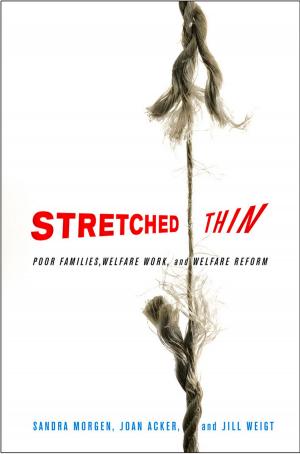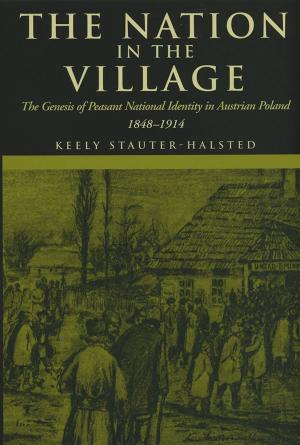Putting the Barn Before the House
Women and Family Farming in Early Twentieth-Century New York
Nonfiction, History, Americas, United States| Author: | Grey Osterud | ISBN: | 9780801464645 |
| Publisher: | Cornell University Press | Publication: | April 15, 2012 |
| Imprint: | Cornell University Press | Language: | English |
| Author: | Grey Osterud |
| ISBN: | 9780801464645 |
| Publisher: | Cornell University Press |
| Publication: | April 15, 2012 |
| Imprint: | Cornell University Press |
| Language: | English |
Putting the Barn Before the House features the voices and viewpoints of women born before World War I who lived on family farms in south-central New York. As she did in her previous book, Bonds of Community, for an earlier period in history, Grey Osterud explores the flexible and varied ways that families shared labor and highlights the strategies of mutuality that women adopted to ensure they had a say in family decision making. Sharing and exchanging work also linked neighboring households and knit the community together. Indeed, the culture of cooperation that women espoused laid the basis for the formation of cooperatives that enabled these dairy farmers to contest the power of agribusiness and obtain better returns for their labor. Osterud recounts this story through the words of the women and men who lived it and carefully explores their views about gender, labor, and power, which offered an alternative to the ideas that prevailed in American society.
Most women saw "putting the barn before the house"—investing capital and labor in productive operations rather than spending money on consumer goods or devoting time to mere housework—as a necessary and rational course for families who were determined to make a living on the land and, if possible, to pass on viable farms to the next generation. Some women preferred working outdoors to what seemed to them the thankless tasks of urban housewives, while others worked off the farm to support the family. Husbands and wives, as well as parents and children, debated what was best and negotiated over how to allocate their limited labor and capital and plan for an uncertain future. Osterud tells the story of an agricultural community in transition amid an industrializing age with care and skill.
Putting the Barn Before the House features the voices and viewpoints of women born before World War I who lived on family farms in south-central New York. As she did in her previous book, Bonds of Community, for an earlier period in history, Grey Osterud explores the flexible and varied ways that families shared labor and highlights the strategies of mutuality that women adopted to ensure they had a say in family decision making. Sharing and exchanging work also linked neighboring households and knit the community together. Indeed, the culture of cooperation that women espoused laid the basis for the formation of cooperatives that enabled these dairy farmers to contest the power of agribusiness and obtain better returns for their labor. Osterud recounts this story through the words of the women and men who lived it and carefully explores their views about gender, labor, and power, which offered an alternative to the ideas that prevailed in American society.
Most women saw "putting the barn before the house"—investing capital and labor in productive operations rather than spending money on consumer goods or devoting time to mere housework—as a necessary and rational course for families who were determined to make a living on the land and, if possible, to pass on viable farms to the next generation. Some women preferred working outdoors to what seemed to them the thankless tasks of urban housewives, while others worked off the farm to support the family. Husbands and wives, as well as parents and children, debated what was best and negotiated over how to allocate their limited labor and capital and plan for an uncertain future. Osterud tells the story of an agricultural community in transition amid an industrializing age with care and skill.















